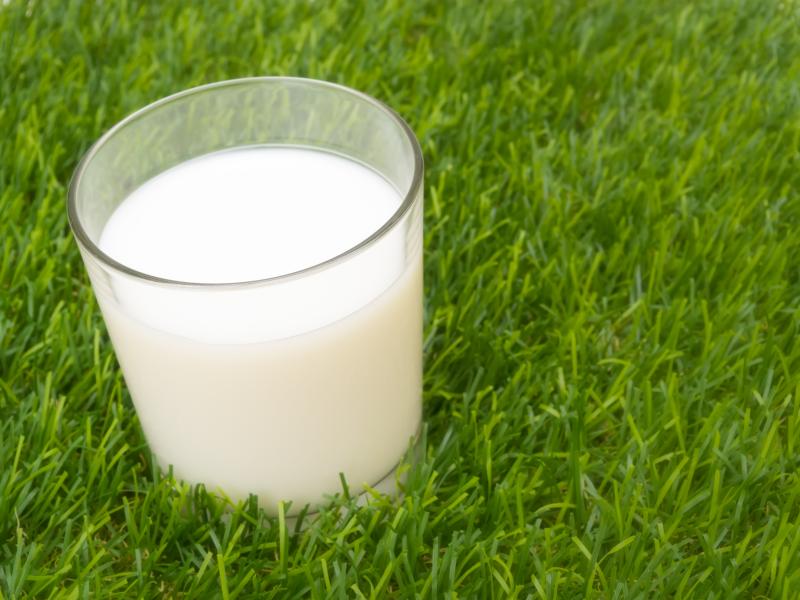Consumers are ’moooving’ toward more grass-fed milk
Consumers like the sound of plant-based food and beverages and grass-fed dairy and meat. In fact, a February 2018 U.S.-wide study published in the Journal of Food Science & Nutrition found consumers are choosing more milk and meat products from grass-fed cattle for their perceived health benefits and their concerns about animal welfare.
Researchers from Johns Hopkins University, University of Minnesota, England’s Newcastle University, NSW Australia, Denmark’s Aarhus University Hospital and Australia’s Southern Cross University analyzed 1,163 milk samples collected over three years, and quantified the fatty acid profile in milk from cows fed a nearly 10 percent, forage‐based diet (or grass-fed diet). They then compared the milk profiles to those from a similar national study of milk from cows under “conventional and organic management.” The scientists also explored how much the observed differences might help reverse changes — in the unhealthful direction — of fatty acid intakes that have occurred in the U.S. over the last century.
“We explored how much the observed differences might help reverse the large changes in fatty acid intakes that have occurred in the United States over the last century,” they wrote. “Key features of the fatty acid profile of milk fat include its omega‐6/omega‐3 ratio (lower is desirable), and amounts of total omega‐3, conjugated linoleic acid (CLA), and long‐chain omega‐3 polyunsaturated fatty acids. For each, we find that grass milk is markedly different than both organic and conventional milk.”
The results showed milk from grass-fed cows has more nutrient rich omega-3 fatty acids than milk from grain-fed cows, and consequently, the more nutrient rich are foods made from their milk.
“These differences in grass milk can help restore a historical balance of fatty acids and potentially reduce the risk of cardiovascular and other metabolic diseases,” they explained. Grass-fed milk also is a very good source of Vitamin B12, iodine, Vitamin B2, Vitamin D and phosphorus as well as a good source of calcium, pantothenic acid, selenium, biotin, protein and Vitamin A. The fatty acid profile in modern meat and milk can be substantially changed by shifting animals from grain‐ or concentrate‐rich diets to those largely grass- and legume-based, the researchers concluded.
According to the findings, though, many Americans still consume far more omega-6 fatty acids than omega-3s. Past research has shown that drinking organic dairy and eating grass fed beef products can naturally help lower omega-6 intake and boost omega-3 and CLA integral to heart health.
An abstract of the study can be found here.


